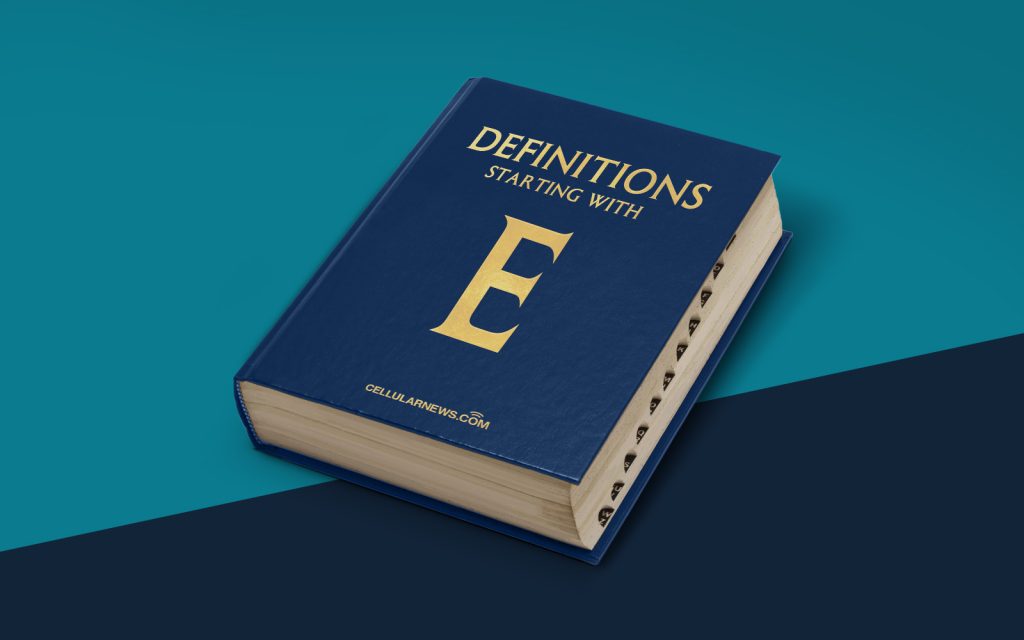
Electric Power: Unleashing the Magic Within
Have you ever wondered what makes your appliances come to life, your lights brighten up a room, or your devices charge like a burst of energy? The answer lies within the realm of electric power. In this article, we will dive into the fascinating world of electric power and uncover the secrets behind its workings. So, let’s plug in and get started!
Key Takeaways
- Electric power is the rate at which electrical energy is transferred or converted
- It is measured in watts (W) or kilowatts (kW)
An Introduction to Electric Power
Electric power is the lifeblood of our modern world, flowing invisibly through wires and cables, birthing technological marvels, and empowering our daily lives. It is the energy that enables us to do everything from lighting up our homes to powering our industries. But what exactly is electric power?
At its core, electric power is the rate at which electrical energy is transferred or converted. It is the flow of electrical energy from a power source to a device or system that utilizes it. This flow is often achieved through the movement of electric charges such as electrons through conductive materials like copper wires.
Electric power is measured in units called watts (W) or kilowatts (kW). These units quantify the amount of electrical energy transferred or converted per unit of time. For example, if a device consumes 100 watts of power, it means that it is using 100 joules of electrical energy every second.
The Dynamics of Electric Power
Now that we have a basic understanding of electric power, let’s explore some key aspects of its dynamics:
- Voltage: Voltage, measured in volts (V), represents the electromotive force that pushes electric charges through a circuit. It acts as the driving force behind the flow of electric power.
- Current: Current, measured in amperes (A), is the rate of flow of electric charges in a circuit. It determines the amount of electric power transferred or converted.
- Resistance: Resistance, measured in ohms (?), is the property of a material that opposes the flow of electric charges. It affects the amount of electric power consumed or lost as heat in a circuit.
By manipulating these variables in a circuit, we can control the flow of electric power and harness it for various purposes. Whether it’s lighting up our homes, charging our smartphones, or propelling electric vehicles, the applications of electric power are vast and ever-expanding.
Advancements in Electric Power
The field of electric power has witnessed significant advancements over the years, leading to greater efficiency, sustainability, and innovation. Here are a few notable advancements:
- Renewable Energy: The integration of renewable energy sources, such as solar and wind, into the power grid has revolutionized the generation of electric power. This shift towards cleaner energy sources aims to reduce dependence on fossil fuels and minimize environmental impact.
- Smart Grids: Smart grids employ advanced technologies to enhance the efficiency, reliability, and flexibility of the power distribution infrastructure. They enable real-time monitoring, demand response mechanisms, and optimization of energy consumption.
- Electric Vehicles: The emergence of electric vehicles (EVs) represents a significant milestone in the electrification of transportation. EVs utilize electric power stored in batteries to propel themselves, paving the way for a greener and more sustainable transportation sector.
Unleashing the Power Within
Electric power, with its invisible yet omnipresent presence, fuels our modern lives and empowers us to achieve remarkable feats. From the simplest light bulb to the most complex machinery, electricity is at the core of our technological advancements. By understanding and harnessing the dynamics of electric power, we can continue to propel our world forward towards a brighter and more electrifying future.
